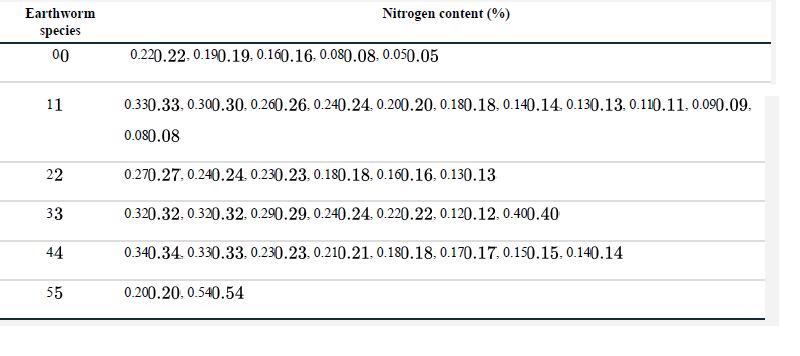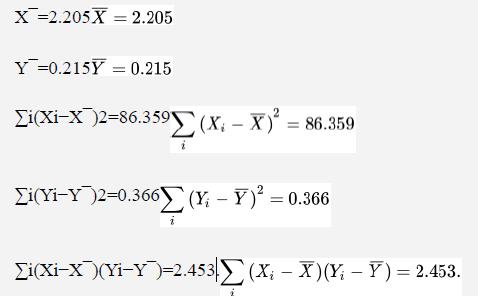The forests of the northern United States and Canada have no native terrestrial earthworms, but many exotic
Question:
The forests of the northern United States and Canada have no native terrestrial earthworms, but many exotic species (including those used as bait when fishing) have been introduced. These immigrant species are dramatically changing the soil. The following data were gathered to predict the nitrogen content of mineral soils of 39 hardwood forest plots in Michigan’s Upper Peninsula from the number of earthworm species found in those plots (Gundale et al. 2005).

a. Draw a scatter plot of these data, using the number of earthworm species as the explanatory variable.
b. Using the following intermediate calculations, calculate the regression line to predict the total nitrogen content of the soil from the number of earthworm species present. Add the line to your plot.

c. What are the units of your estimate of slope, b ?
d. What is the predicted nitrogen content of soil having five earthworm species?
e. Calculate a standard error of the slope.
f. Produce a 95% confidence interval for the slope.
Step by Step Answer:

The Analysis Of Biological Data
ISBN: 9781319226237
3rd Edition
Authors: Michael C. Whitlock, Dolph Schluter





